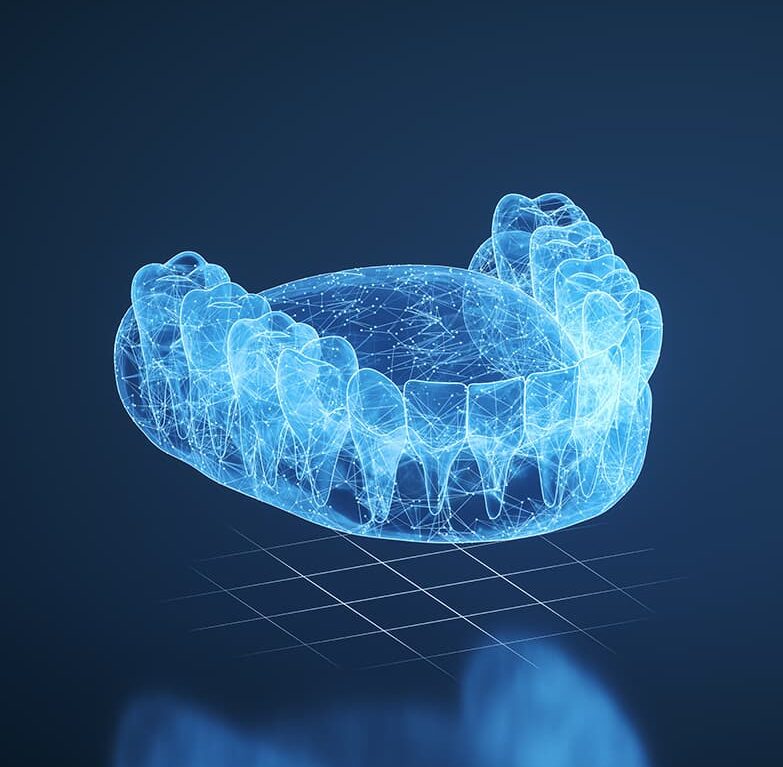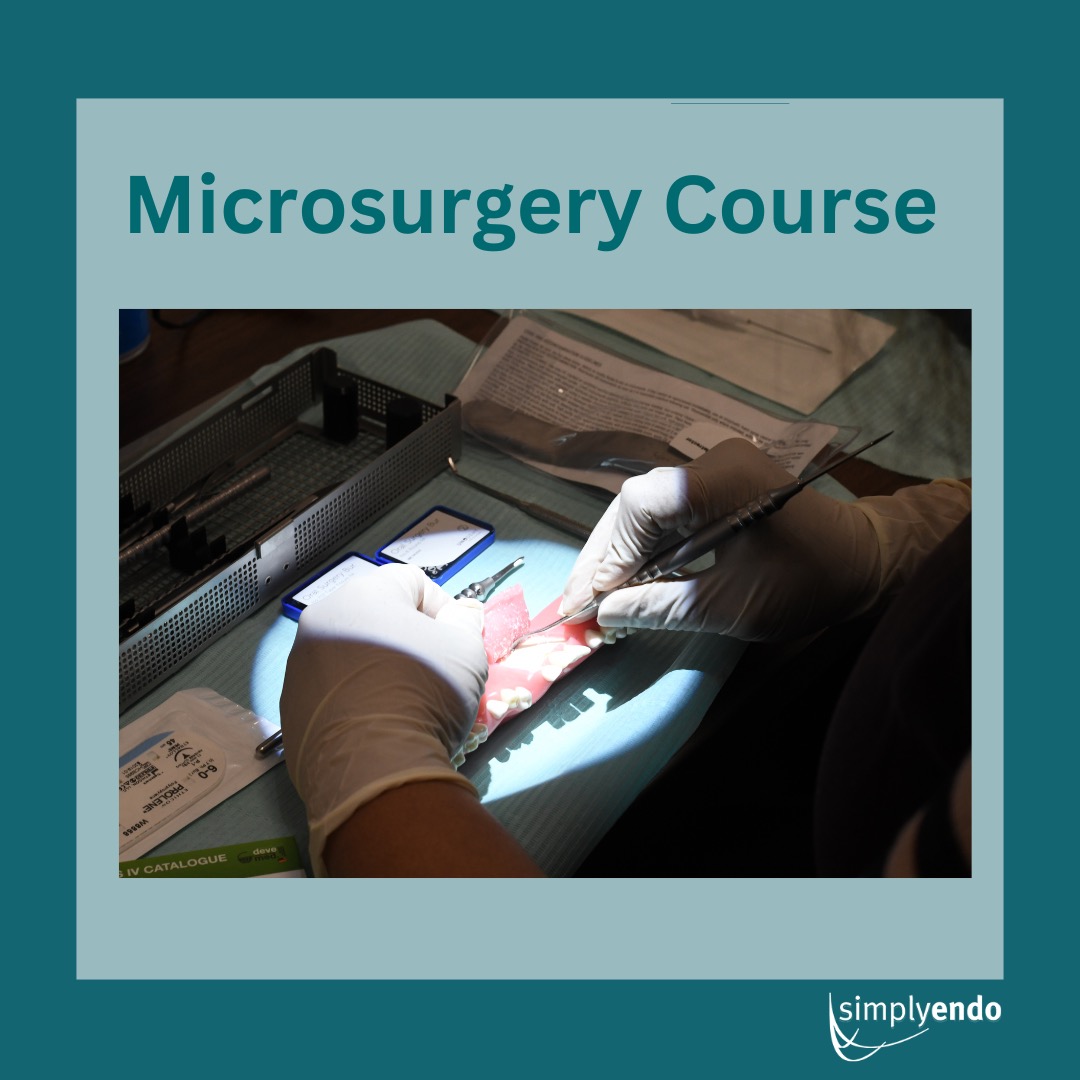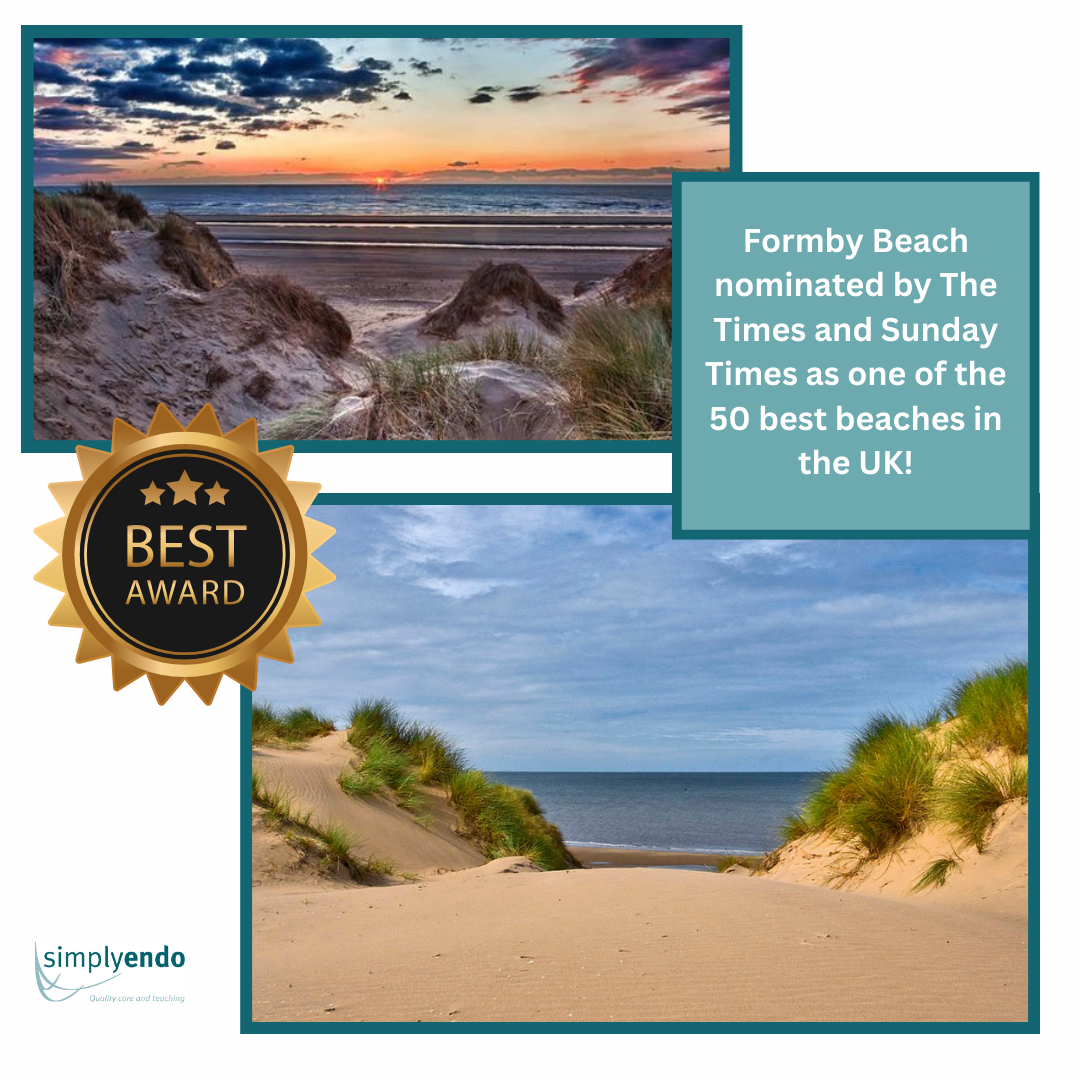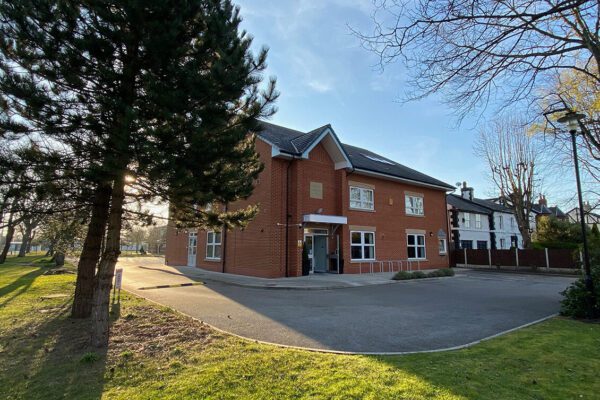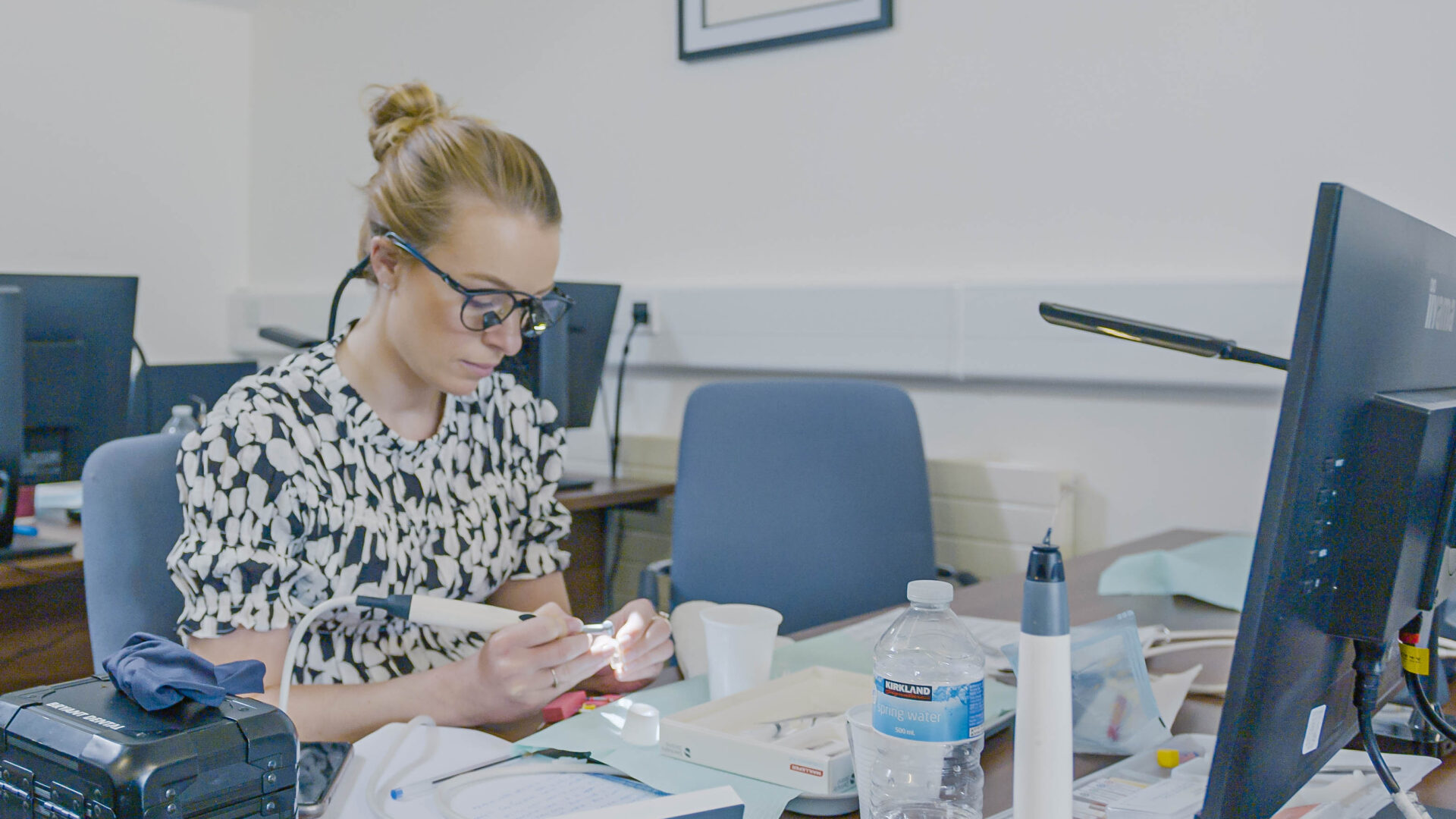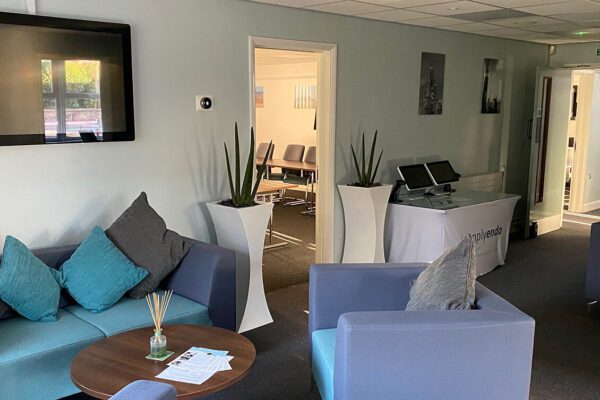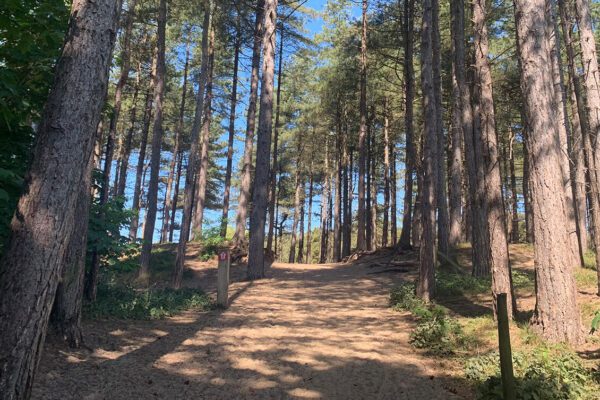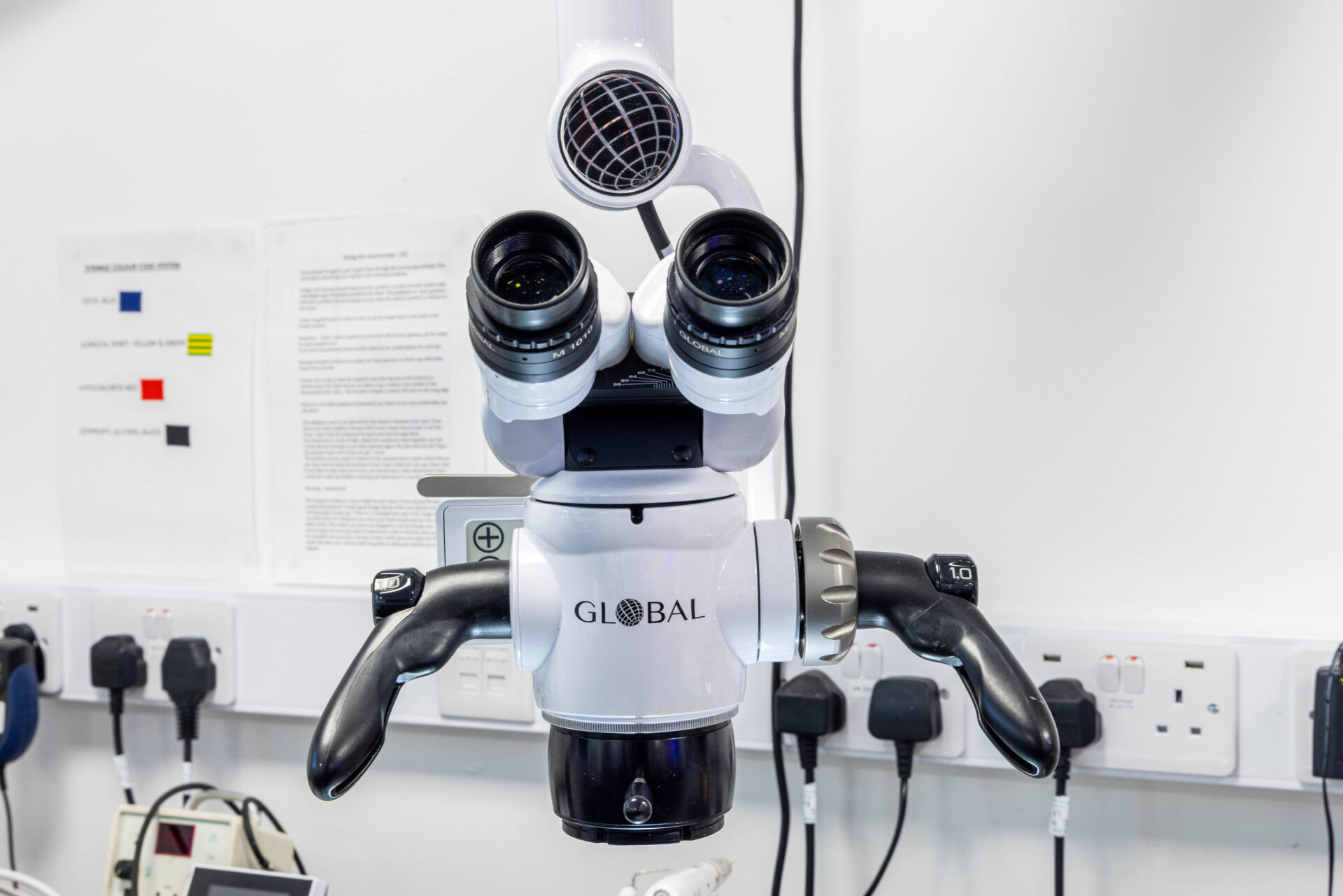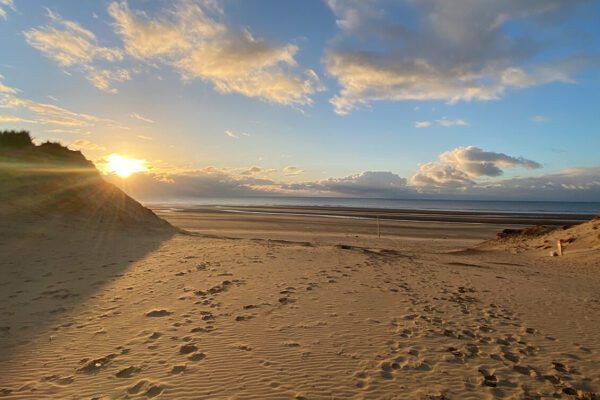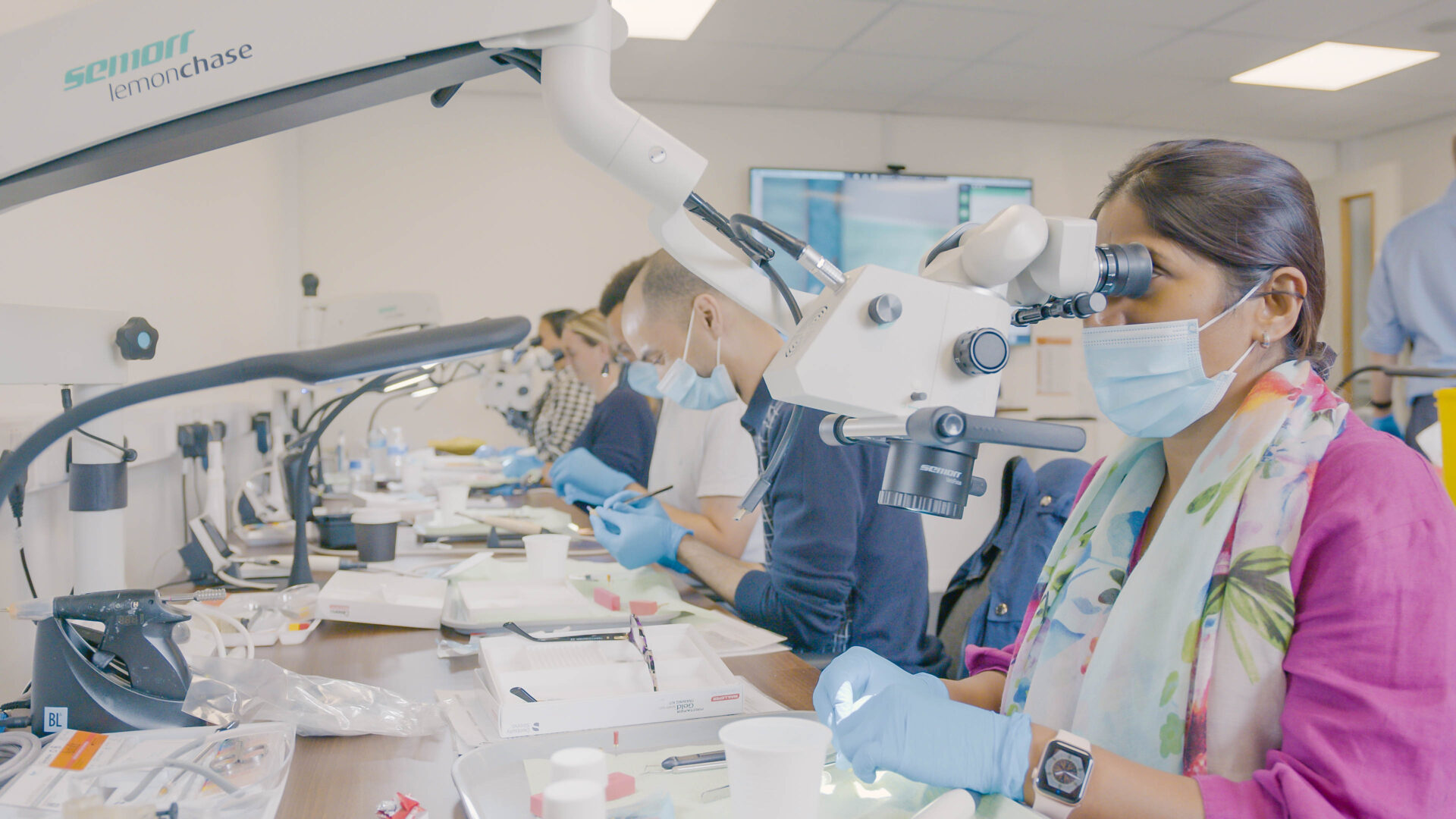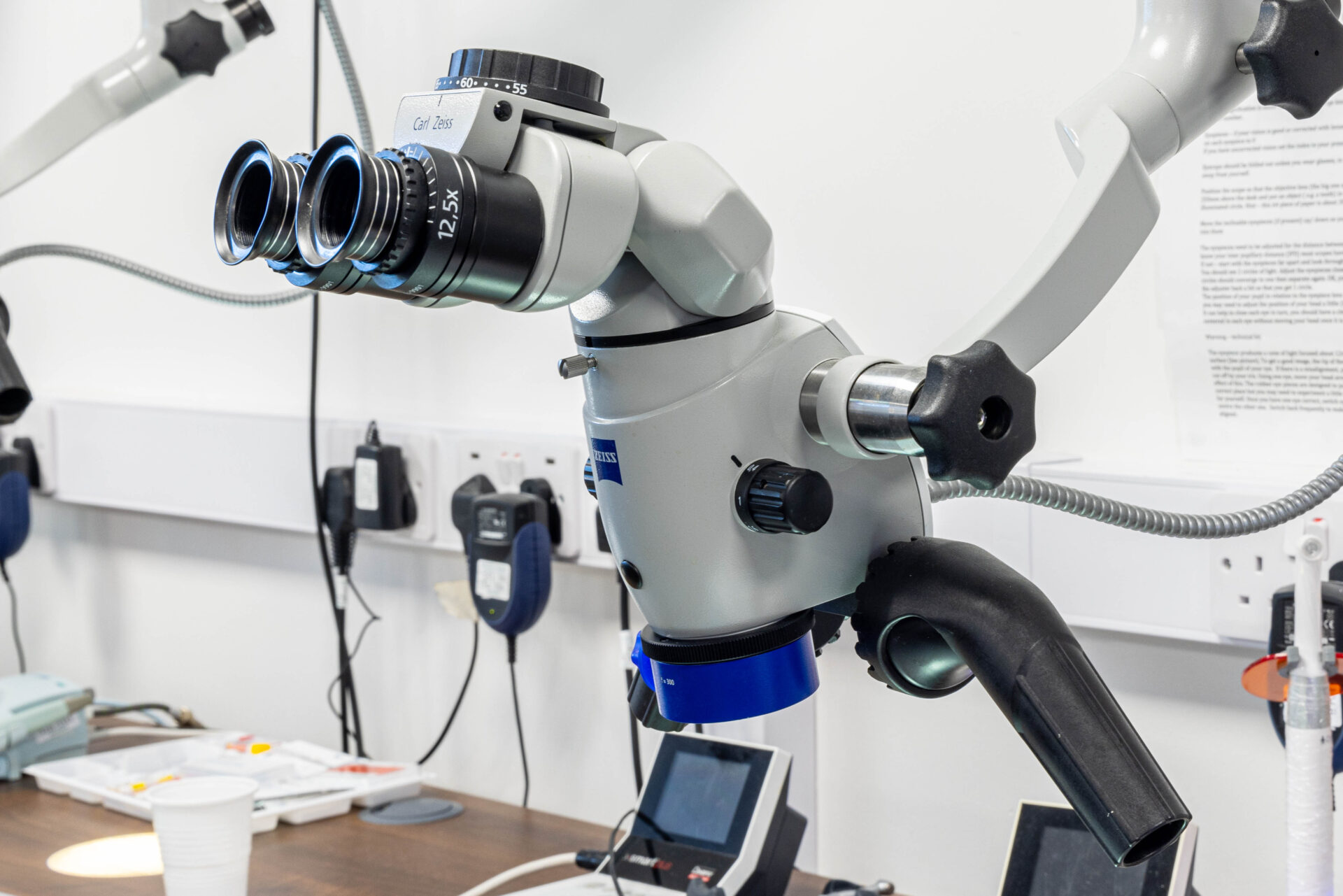Why endo?
By David Baker
I’m often asked by other dentists why I chose to do further studying in endodontics.
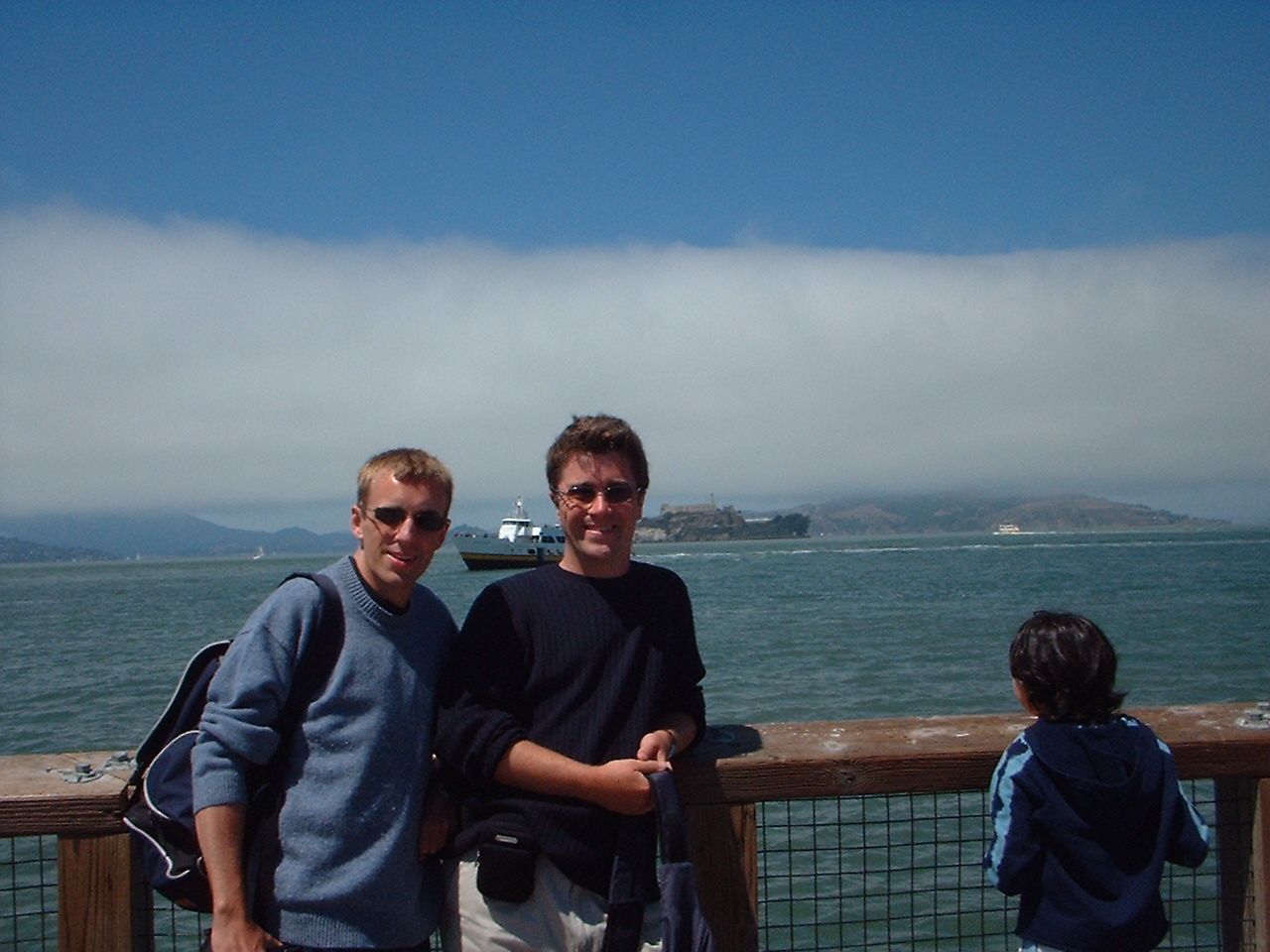
For me it all started with the very first endodontic treatment I carried out in my third year as an undergraduate in Liverpool University around 2002. It was a lower molar and I had a rather depressing selection of various bent stainless steel hand K files to try to navigate my way along the root canal system – long before the days of single use files or the widespread use of NiTi machine driven files. I think I was an attentive student, I knew I had to get a file to length, take an X-ray and fill it with gutta percha but I honestly didn’t really know what I was doing or what I was aiming to achieve… although it seemed incredibly interesting to have these little canals inside teeth! I felt a connection to endodontics straight away and it fascinated me from the very start. I very much doubt that poor patient still has his lower molar… Unless they let him keep it when it was no doubt eventually extracted!
Around the same time at University I had latched onto an amazing gentleman by the name of Professor Andrew Watts, a consultant in restorative dentistry. Andrew was, and is, one of the nicest people you could meet and also one of the brightest. He was the sort of lecturer who you could ask anything about dentistry and he would be able to answer it. He was a regular source of answers to my various questions. He is also knowledgeable about loads of other stuff and I’m sure if you were to ask him about rebuilding a car engine or installing a hot water heating system at home he would be able to answer it! He was well liked amongst dental students.
During my third year, an endodontist from Palo Alto (South of San Francisco), called Dr Paul Brown, was in the UK visiting his wife’s relatives in the Wirral and he had made contact with the dental school at Liverpool to see if he could come over to show some of the interesting work he had been doing at Stanford University. Andrew Watts arranged for some consultants to go along and he asked for some students too. Luckily, I was invited alongside my good friend, Mark Hepworth, to go along as the student representatives.
Paul had been working with another well-known endodontist, Eric Herbranson, on a computer programme called the Interactive Tooth Atlas (now termed e-human www.ehuman.com ). The programme was a series of X-rays, photographs, and CT scans of various teeth for the user to interact with and learn from. In those early days it was a very clever tool to play with but building up the content would take time. Now it has progressed to the eighth edition and has an immense amount of content about tooth morphology and anatomy. There is an interactive X-ray database with some amazing input from various endodontists and educators. The content is vast. Paul demonstrated his early edition and Mark and I were blown away. Paul actually demonstrated the concepts discussed by Kranser and Rankow in their modern day classic paper on the anatomy of the pulp chamber some two years before the paper was published. (Interestingly, some of these concepts were dismissed by a couple of the consultants in the room at the time). The computer programme was amazing but it was also fantastic to meet someone with a passion for endodontics, which at the time was probably limited to one or two consultants at Liverpool dental school ¬– a far cry from the great enthusiastic endodontic teachers there now! Paul was proud to share his work and we were like sponges keen to absorb what we could.
The game changer – my student elective
At the end of our fourth year BDS, Mark and I had a chance to carry out a student elective so we took the opportunity to ask Paul if we could come over to visit and learn more. We kept in touch with Paul and when the time arrived he helped us make arrangements to visit him and Eric in Stanford. It was then that he kindly started to put us in touch with some other amazing people to enhance our journey. Paul was doing some work with the University of Santa Barbara on spatial awareness to see how it could be incorporated into student entry to dental school. Using virtual reality with a head set and manipulating an item and seeing how it moved, along with some test papers, they were able to see if students could learn better spatial awareness or were naturally spatial. More exciting than this though, we discovered that Cliff Ruddle, world renowned endodontist, dental educator and joint inventor of ProTaper (amongst many other thing!) lived in Santa Barbara. Paul asked if we would like to visit Cliff while we were there as they were good friends. What an opportunity! At the time I had been reading Pathways of the Pulp 8th Edition where Cliff writes several chapters.
To add to this, Mark and I were at the BDA conference in Manchester and the headline presentation was given by another well-known endodontist, Steve Buchanan who also just happens to live in Santa Barbara! Steve also knew Paul well as hey had done some work together regarding the Tooth Atlas. We approached Steve and explained our trip and he was more than happy for us to visit him too. It was all coming together and we arranged a flight to LA to then allow us to move up the coast stopping at Santa Barbara on our way to Palo Alto. We made one other stop in LA and managed to spend a weekend with cosmetic dentist and developer of Zoom! whitening, William Dorfman, at his cosmetic practice.
Cliff Ruddle
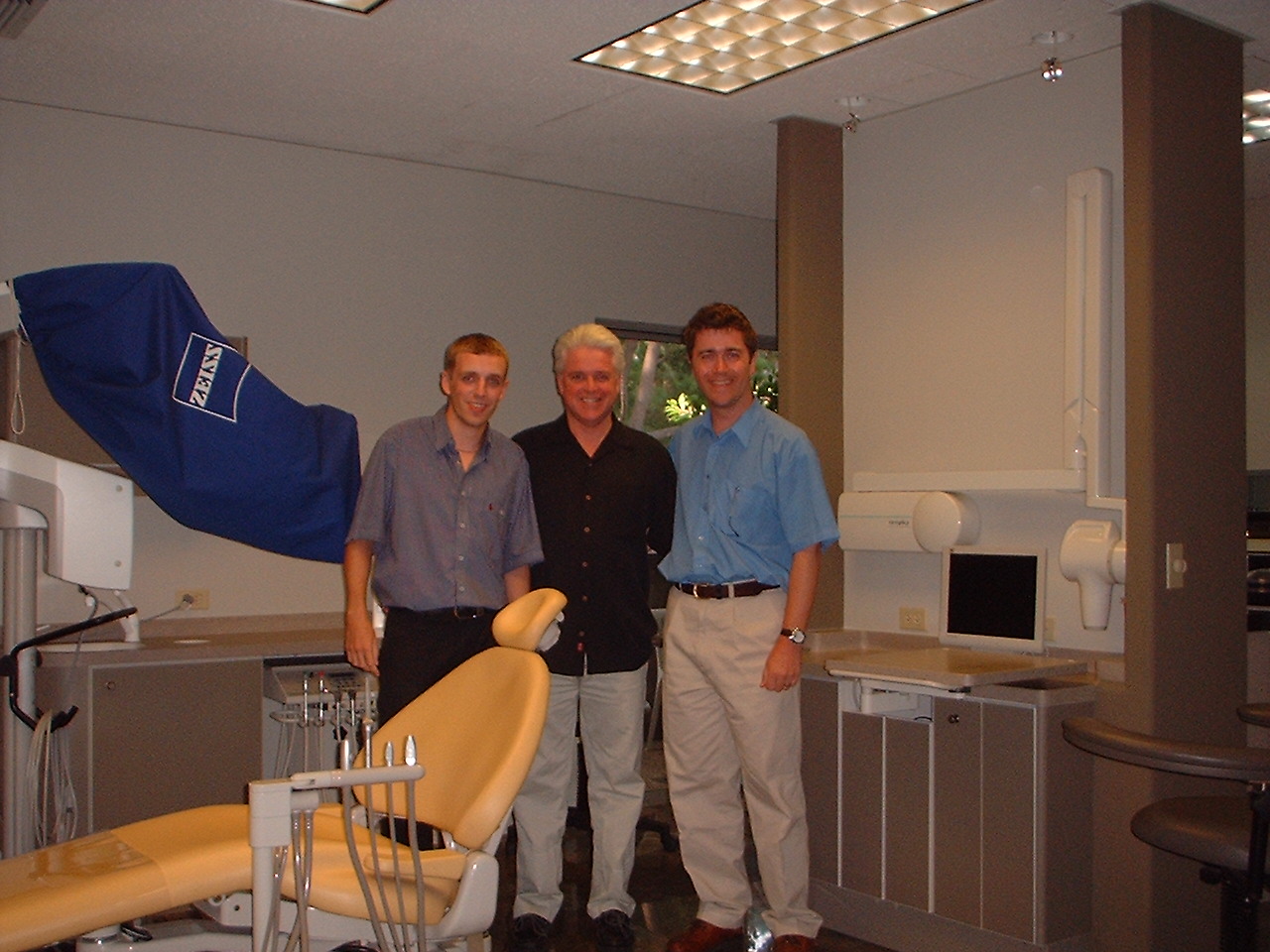
We made our way to Santa Barbara and our first stop with Cliff Ruddle. Cliff is the most down to earth, infectious character. He showed us around his amazing office with recording studio for his DVDs and his lecture room. He had the most incredible Ziess Microscope set up and a couple of other scopes in his Histo-Lab where he carried out various research. Cliff showed us cases he had completed and discussed hints and tips on how we should go about our own endodontic treatments. He took us for lunch and to meet his wife Phyllis; I would like to think Cliff and Phyllis remain good friends of mine to this day. Cliff was generous with his time and knowledge and we left with goody bags of papers to read, DVDs to watch and instruments to try out, but most importantly his enthusiasm and love for endo had rubbed off on us. If you ever get the chance to go to one of Cliff’s lectures then you have to go!
Steve Buchanan
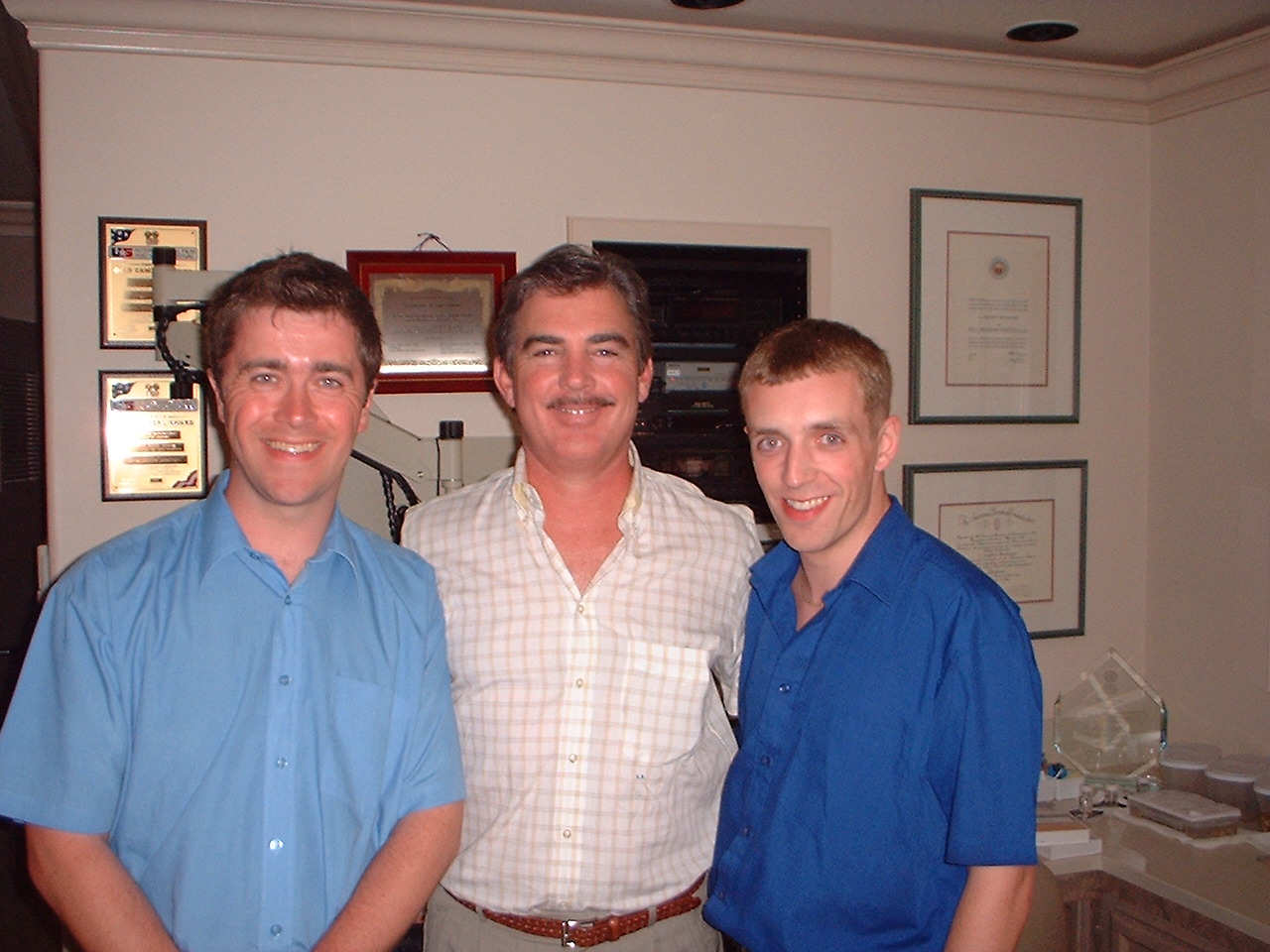
We then spent a day with Steve Buchanan who also had an amazing surgery of the main street in Santa Barbara with teaching facility attached to it. Steve has developed many endodontic instruments (GT files) and also concepts (Continuous Wave of Obturation). Steve was also incredibly generous with his time and showed us many of his truly awesome 3D animations moving through root canals and discussed cases he had completed. Steve is a superb lecturer and a great character. In fact, a few years ago, I took my wife, who is also a dentist, for a weekend away in London and surprised her with the addition of a Saturday lecture with Steve Buchanan. She never told me this but I know she was thrilled to spend a day in a room of endodontists and I also saved her spending her money on shopping. She was too excited even to speak… well, I think that was why she didn’t speak to me for a few days…
Paul Brown and Eric Herbranson
After visiting Steve in Santa Barbara we travelled up the famous Pacific Coast Highway route 101 to Palo Alto. Stanford university is the most amazing university, which interestingly doesn’t have a dental school. Paul Brown and Eric Herbranson had developed Brown and Herbranson Imaging. This all started when Paul had had an injury on his wrist; while having a CT scan he had enquired if it would be possible to scan a tooth. This was a little before the more frequent use of CBCT in dentistry now. From there the concept of the Interactive Tooth Atlas was born. With charitable funding from NASA, the Tooth Atlas moved forward. They were based in the Biocomputational Centre near Stanford Medical school. We were based at the centre for the next few weeks and Paul and Eric taught us so much about endo during this time. Paul took us to his office nearby and showed us various obturation methods including the original chloropercha technique. Eric took us to his practice near Oakland and let us search for MB2s in extracted molars using his surgery microscope… while also eating BBQ ribs! Eric is a world expert in microscope dentistry and photography. In fact, he designed the Xmount beam splitter, which is fitted to Global microscopes including the one on the tutor’s unit at simplyendo.
Bruce Fogel and Alan Gluskin
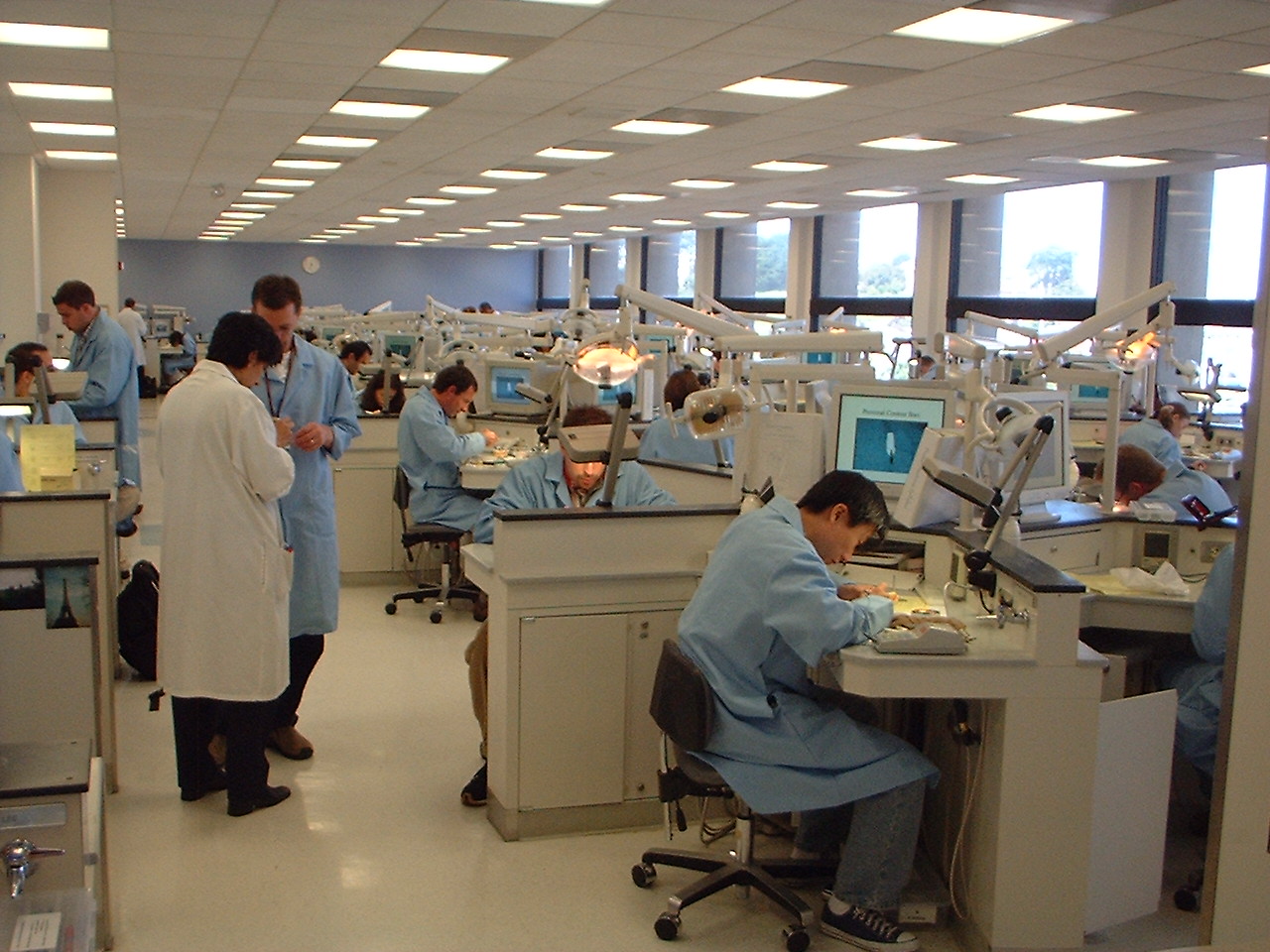
Another endodontist, Bruce Fogel, worked with Paul and Eric and took us to spend the day at University of Pacific (UOP) Dental School in San Francisco where he worked as a clinical tutor. On the day we attended we were able to shadow him showing dental students how to carry out endodontic surgery. It was interesting to watch a student at a similar level to us carry out such a complex procedure. We also met Alan Gluskin who showed us around the dental school. I met up again recently with Alan when he was over to speak at the BES and he was typically friendly again. The dental school was a fascinating place and we were able to sit in on student endodontic lectures on pain and general anatomy sessions. (The UOP is a private dental school where the students fund their own studies and buy their own equipment). San Francisco is an amazing place to visit and we were able to have a good look around and visit Alcatraz.
A whole new world
This elective experience, from a chance meeting early on in my dental career organised by Andy Watts, changed my life completely. I was interested in endodontics before but this journey had opened my eyes to a whole new world. It would have been hard not to be enthusiastic about endodontics after spending a summer with these people. I will be forever grateful to all the people who made our elective possible, especially Paul and Eric for the time scarified for us and the opportunities they created. I only wish at the time I knew as much about endodontology as I do now to have been able to discuss some of the topics in more detail. At the time, some of the concepts shared were probably above my head as I was still very much a novice. The day we stop learning is the day to give up.
Paul was over in Edinburgh for the ESE conference eight years ago and it was great to meet up with him then. Again, he was generous with his time and it was amazing to see how the Tooth Atlas had developed, although he has less of an active role in it now and concentrates more of his time in the anatomy department in Stanford.
I was also lucky enough to meet up with Cliff and Phyllis a few years ago in Manchester while on the Dentsply European tour, and they were as welcoming and friendly as before. Ironically it was at this lecture that I met another endodontist who would make a massive impact on my career and that was a fella called Mike Horrocks who you may have heard of!

